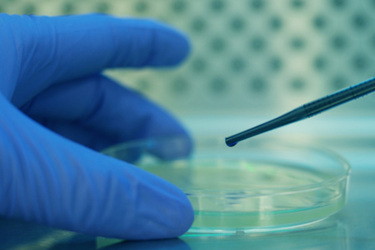An Introduction To Transfection Methods

Selecting the right transfection method is crucial for successful gene delivery, as efficiency, cell viability, and expression levels can vary significantly. Common approaches involve delivering various substrates, such as DNA, RNA, RNPs, or proteins, using methods like lipofection, electroporation, calcium phosphate transfection, liposome transfection, viral transduction, or physical methods like microinjection and biolistic particle delivery. A notable advancement in electroporation, Nucleofection, offers enhanced efficiency.
Before choosing a method, consider your desired outcome: transient or stable transfection. Transient transfection provides temporary gene expression, while stable transfection integrates the genetic material into the host genome for long-term expression.
This guide explores the differences between stable and transient transfection and the diverse substrates used. We also delve into various transfection methods, discussing their advantages, disadvantages, and ideal applications. By understanding these factors, you can make informed decisions about the best processes and reagents for your specific needs.
Get unlimited access to:
Enter your credentials below to log in. Not yet a member of Cell & Gene? Subscribe today.
